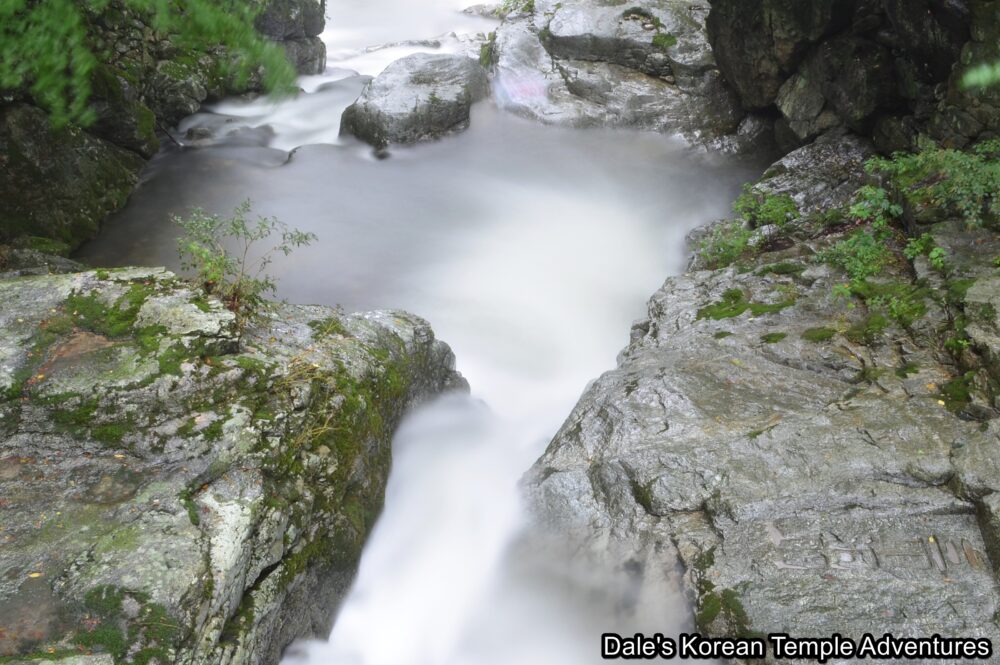
Hello Again Everyone!!
Gapsa Temple is located in Gyeryongsan National Park in Gongju, Chungcheongnam-do. Gapsa Temple is the most important temple in the Gyeryongsan National Park area. Originally, the temple was known as Gyeronggapsa Temple, which means “Rooster Dragon Foremost Temple,” in English. The temple was then called Gyeryongsa-sa in the early Joseon Dynasty (1392-1910). The first “sa” in the name meant “fundamental,” so the temple was called “Rooster Dragon Fundamental Temple,” in English. It was at the end of the 18th century that the name of the temple changed once more to Gyeryongsan Gapsa. Now the temple is known as Gapsa Temple, which simply means “Foremost Temple,” in English.
Gapsa Temple, according to Goryeo Dynasty (918-1392) records, was first established in 420 A.D. by the legendary missionary monk Ado-hwasang of the Goguryeo Kingdom (37 B.C. – 668 A.D.). According to the Samguk Yusa (Memorabilia of the Three Kingdoms), Ado-hwasang was travelling near the edge of a mountain during the evening when he saw a beam of light covering half of the mountain, which appeared all the way up to Yeoncheon-bong Peak. When he climbed to the top of the mountain, and past the Yongmun Pokpo (Dragon Gate Waterfall), Ado-hwasang discovered that the light was emanating from an enormous natural rock pagoda called “Cheonjin-botap,” in Korean, or “Heavenly Truth Treasure Pagoda,” in English. According to the same legend from the Samguk Yusa, the pagoda had been built six hundred years prior to its discovery by Ado-hwasang by Jiguk Cheonwang (The Eastern King of the Four Heavenly Kings, the Sacheonwang). The pagoda had been constructed to house the Buddha’s sari (crystallized remains). Jiguk Cheonwang had constructed the natural rock pagoda under the order of Indian Emperor Ashoka. The mountain had been chosen as an auspicious site in the northeastern corner of the human world.
Another legend associated with the Cheonjin-botap pagoda is that it was built by the Mt. Gyeryongsan Sanshin (Mountain Spirit). The Mt. Gyeryongsan Sanshin decided to build this pagoda as a sign to welcome Buddhism to his mountain. Either way, whichever tale you might believe, Ado-hwasang in fact did build a shrine at the natural stone pagoda, which later developed into Sinheungam Hermitage, or “Spirit Arising Hermitage,” in English. It was at the mouth of the gorge, in the wide open fields, that Ado-hwasang decided to build Gapsa Temple. Specifically, this location was chosen because, according to the geomantic philosophy of Pungsu-jiri, it was a highly favourable site for spiritual attainment. Presently, this is where the Daejeok-jeon Hall is located. Originally, it’s unknown what the monk Ado-hwasang called his new temple.
In 556 A.D., the shrine halls at Gapsa Temple were reconstructed by the Baekje master monk Hyemyeong. Later on, the famed monk Uisang-daesa (625-702 A.D.) expanded the temple. It was expanded as a Hwaeom Shipchal (ten main teaching temples of Uisang-daesa’s Avatamsaka School). Gapsa Temple was then renovated and expanded, once more, in 887 A.D. by the master monk Muyeom. It was around this time that the main hall and courtyard was moved from the Daejeok-jeon Hall area to its present location up the hillside. Gapsa Temple was a prominent temple in the education of monks during the Goryeo Dynasty and the earlier part of the Joseon Dynasty (1392-1910).
Tragically, Gapsa Temple was completely destroyed by fire in 1597 during the Imjin War (1592-1598) by the invading Japanese. Gapsa Temple served as a centre of armed resistance against the Japanese under the master monk Yeonggyu-daesa, and it paid for this with the temple’s buildings being destroyed. Gapsa Temple was quickly rebuilt in 1604, and it was then further expanded in 1654. Both of these efforts were made possible by Joseon royal patronage. During the 1654 expansion, and in the southwest corner of the temple grounds, Pyochung-won Shrine, which houses the portraits of the three master monks that helped lead the Righteous Army, or “Eui-byeong – 의병,” in Korean. For this reason, Gapsa Temple is known as one of the main temples that helped protect the nation, which in Korean is known as “Hoguk Bulgyo.”
Gapsa Temple is home to one National Treasure and four additional Korean Treasures. It’s unclear if Gapsa Temple still participates in the popular Temple Stay program.
As you make your way to Gapsa Temple, the trail that leads up to the temple quickly forks to the left and right. If you want to avoid the gauntlet of restaurants, you should probably take the trail to the left. However, if you’re hungry, the trail to the right is the trail for you. Continuing up the trail for five hundred more metres, the first thing to greet you at the temple is the Cheonwangmun Gate. The fierce Four Heavenly Kings inside this entry gate are trampling demonic demons underfoot.
After completing the one kilometre hike up to the temple, you’ll know that you’re nearing the main temple grounds when you come to a bend in the trail. Past the two-story bell pavilion to your right, you’ll notice the Gang-dang Hall to your left. This former lecture hall is now used to house Jijang-bosal (The Bodhisattva of the Afterlife). Climbing a set of stairs that will also allow you entry to the main temple courtyard at Gapsa Temple, you’ll notice the entry to Gang-dang Hall to your back. The darkly lit hall has a wall of smaller sized statuettes of the Bodhisattva of the Afterlife surrounding the main altar. And resting on the main altar is a rather tall seated statue of Jijang-bosal. Rounding out the interior of the Gang-dang Hall is a unique structure with handles at the back of the shrine hall. This elaborately coloured wooden top stands about two and a half metres in height, and it’s meant to be spun by individuals. It’s said that whoever spins this wooden top will have their bad karma dissolve. Still inside the main temple courtyard, you’ll find a little shrine. Housed inside this little shrine is the temple’s bronze bell. This bronze bell was cast in 1584. It stands a stout one metre in height, and it’s Korean Treasure #478. It has one of the most ornate Poroe statues decorating the top of the bell, so have a look.
Now with the Gang-dang Hall to your back, and looking outwards, you’ll notice a lush grassy green courtyard at Gapsa Temple, which is somewhat of a luxury at a Korean Buddhist temple. Straight ahead of you now is the Daeung-jeon Hall. Sitting in the centre of the seven statues, which consist of three Buddhas and four Bodhisattvas, is Seokgamoni-bul (The Historical Buddha). Rounding out the interior of the main hall is a Shinjung Taenghwa (Guardian Mural). Rather uniquely, the exterior walls to the main hall, which dates back to 1604, is only adorned with the traditional dancheong colours.
To the right rear of the Daeung-jeon Hall, you’ll find the Samseong-gak Hall. The exterior walls to this hall are adorned with paintings representing the three shaman deities housed inside the Samseong-gak Hall. As for the interior, you’ll find a triad of paintings adorning the main hall inside this shaman shrine hall. They are Chilseong (The Seven Stars), Sanshin (The Mountain Spirit), and Dokseong (The Lonely Saint).
In front of the main temple courtyard, and down the hill to the south, you’ll find a clearing that houses the historic Daejeok-jeon Hall. This is where the original Gapsa Temple was housed. Inside this hall, you’ll find a triad of statues on the main altar centred by Birojana-bul (The Buddha of Cosmic Energy). This statue is joined on either side by Seokgamoni-bul and Amita-bul (The Buddha of the Western Paradise). In front of the Daejeok-jeon Hall, you’ll find a ornate stupa, which is simply called “The Stupa of Gapsa Temple,” in English. This stupa is Korean Treasure #257. Originally, this stupa was located on a mountain behind the temple, but it was moved to its current location in 1917. Lions, dragons and clouds appear on the base of this stupa. There are two locked doors and the Four Heavenly Kings around the body of the stupa. The stupa is believed to date back to the early part of the Goryeo Dynasty (918-1392 A.D.).
And to the northeast of the Daeung-jeon Hall, you’ll find the Pyochung-won Hall. Inside this hall, there are housed three murals. They consist of Yeonggyu-daesa (?-1592), Seosan-daesa (1522-1604), and Samyeong-daesa (1544-1610). All three were warrior monks that led the Righteous Army during the Imjin War. The hall was first built in 1738 to commemorate these heroic Buddhist warriors. And finally, there is a standing image of Yaksayeorae-bul (The Buddha of Medicine, and the Eastern Paradise) housed inside a small protective covering about one hundred metres from the main temple courtyard.
The National Treasure at Gapsa Temple, which is National Treasure #298, is the Hanging Painting of Gapsa Temple. In Korea, this type of massive painting is known as a Gwaebul. Typically, this painting is only put on display during special events like Buddha’s Birthday. This painting dates back to 1650.
HOW TO GET THERE: The easiest way to get to Gapsa Temple is from the city of Gongju. You can take one of the frequent buses that departs from the Gongju Intercity Bus Terminal that goes directly to Gapsa Temple. You’ll need to take Bus #2 from the Gongju Intercity Bus Terminal, and the bus ride should take about thirty minutes.
OVERALL RATING: 8.5/10. Gapsa Temple is one of the oldest temples in Korea, and it shows with its beautiful history fully on display from its historic Daeung-jeon Hall, to the patriotic Pyochung-won Hall, to the amazing Daejeok-jeon Hall and the stupa that stands out in front of it. To top it all off, Gapsa Temple is scenically located in Gyeryongsan National Park, which only adds to the temple’s overall beauty. Gongju, and Gapsa Temple in particular, are a personal favourites of mind, if you already couldn’t tell.
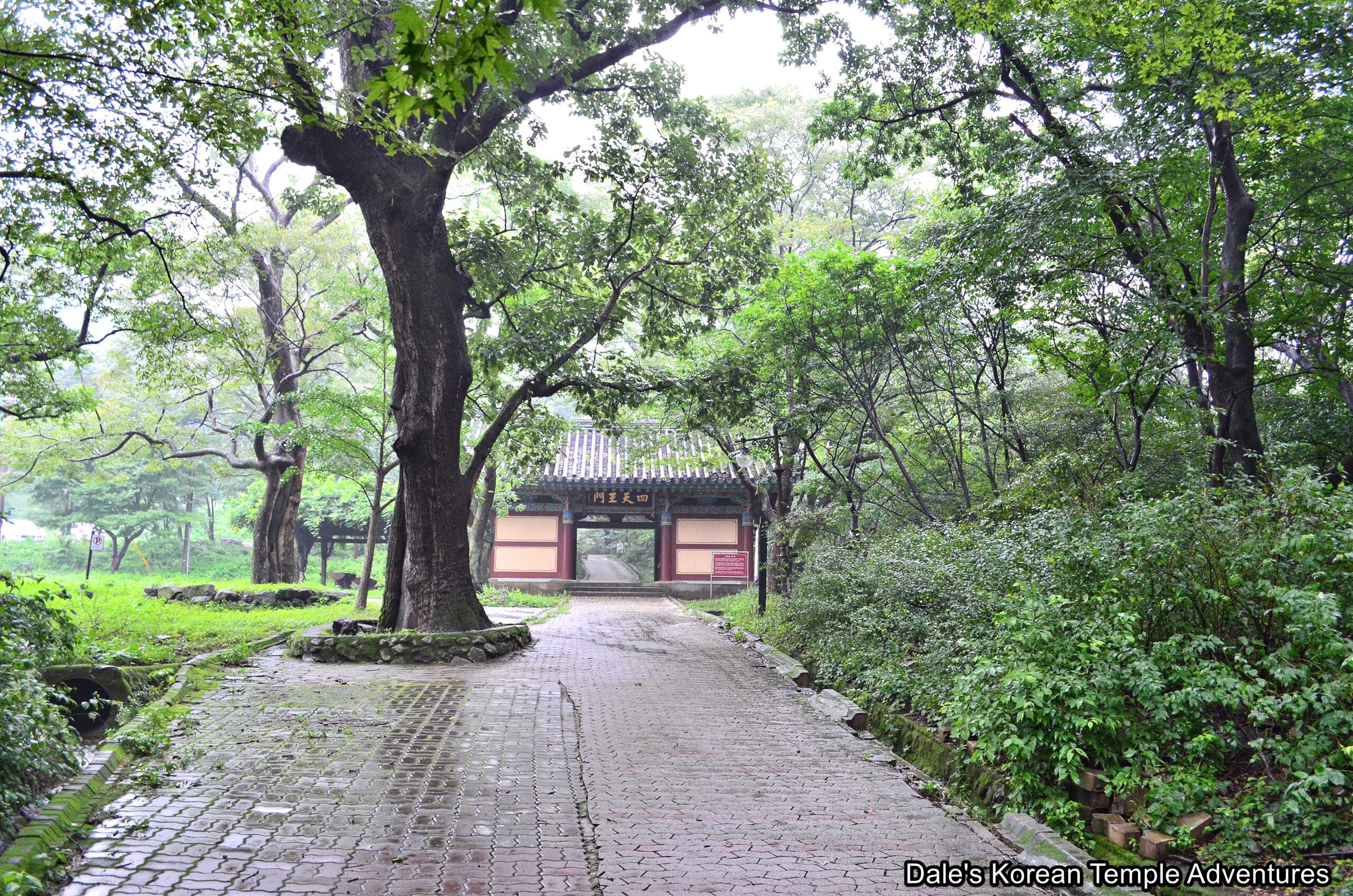
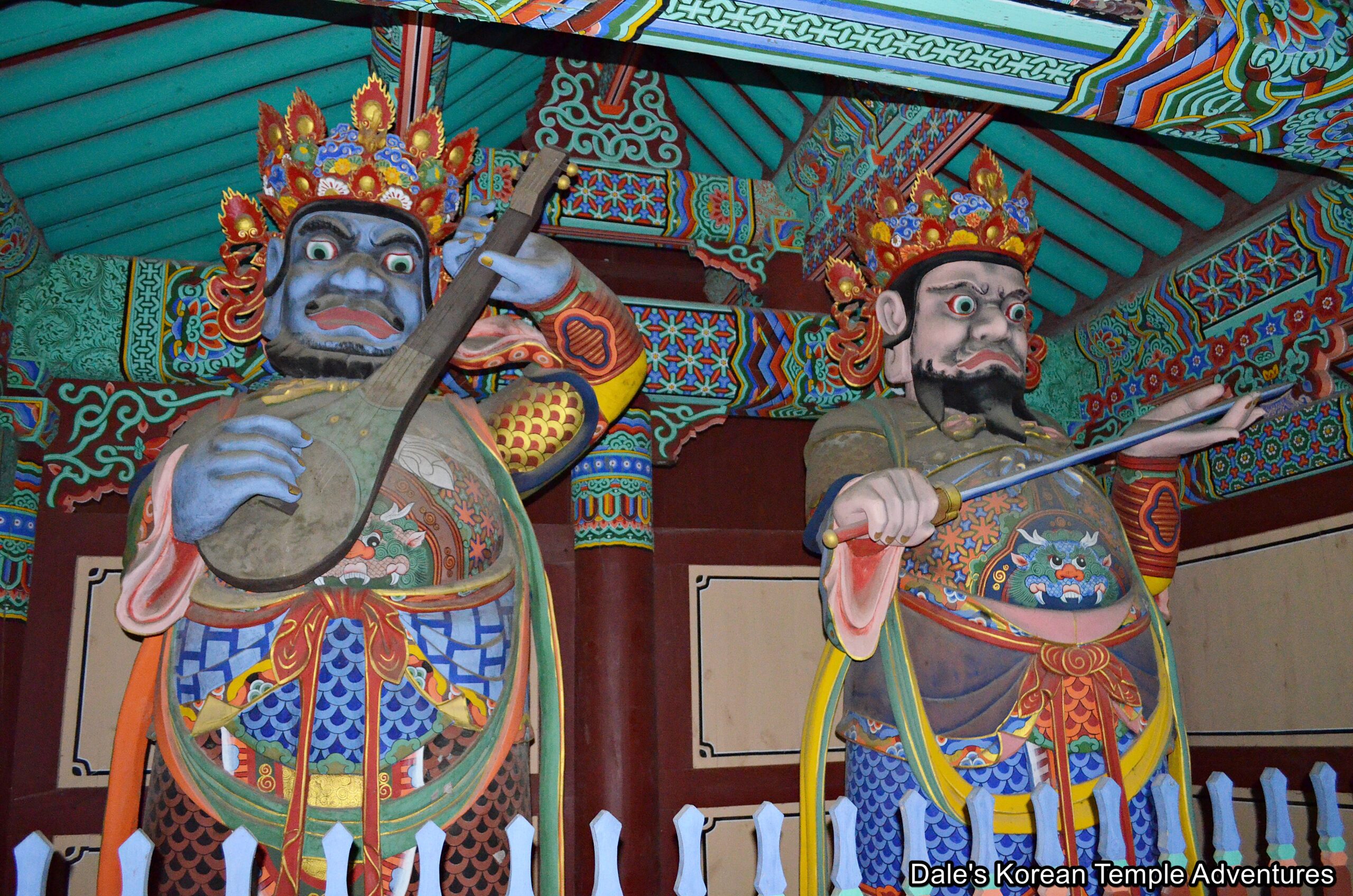
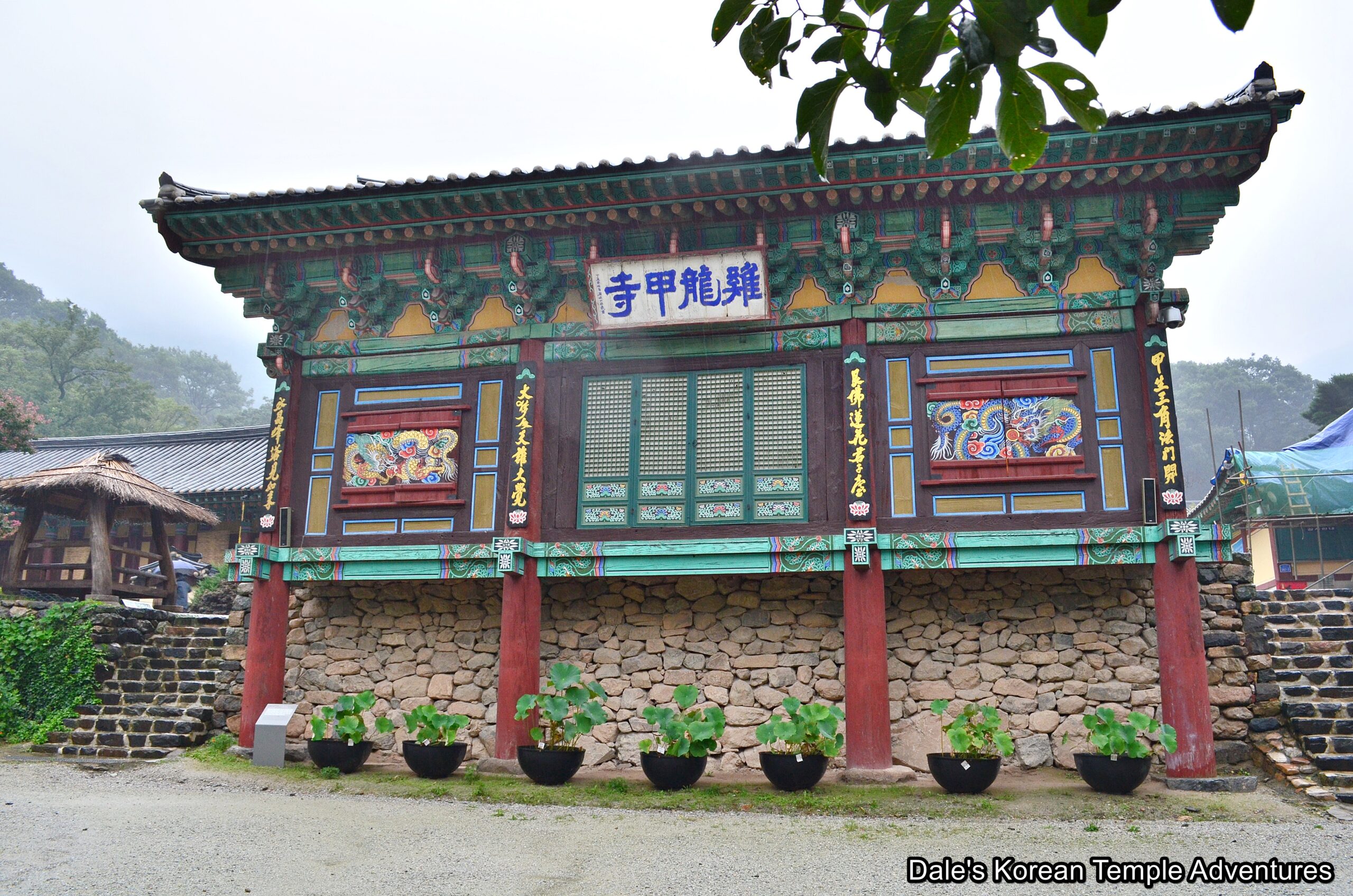
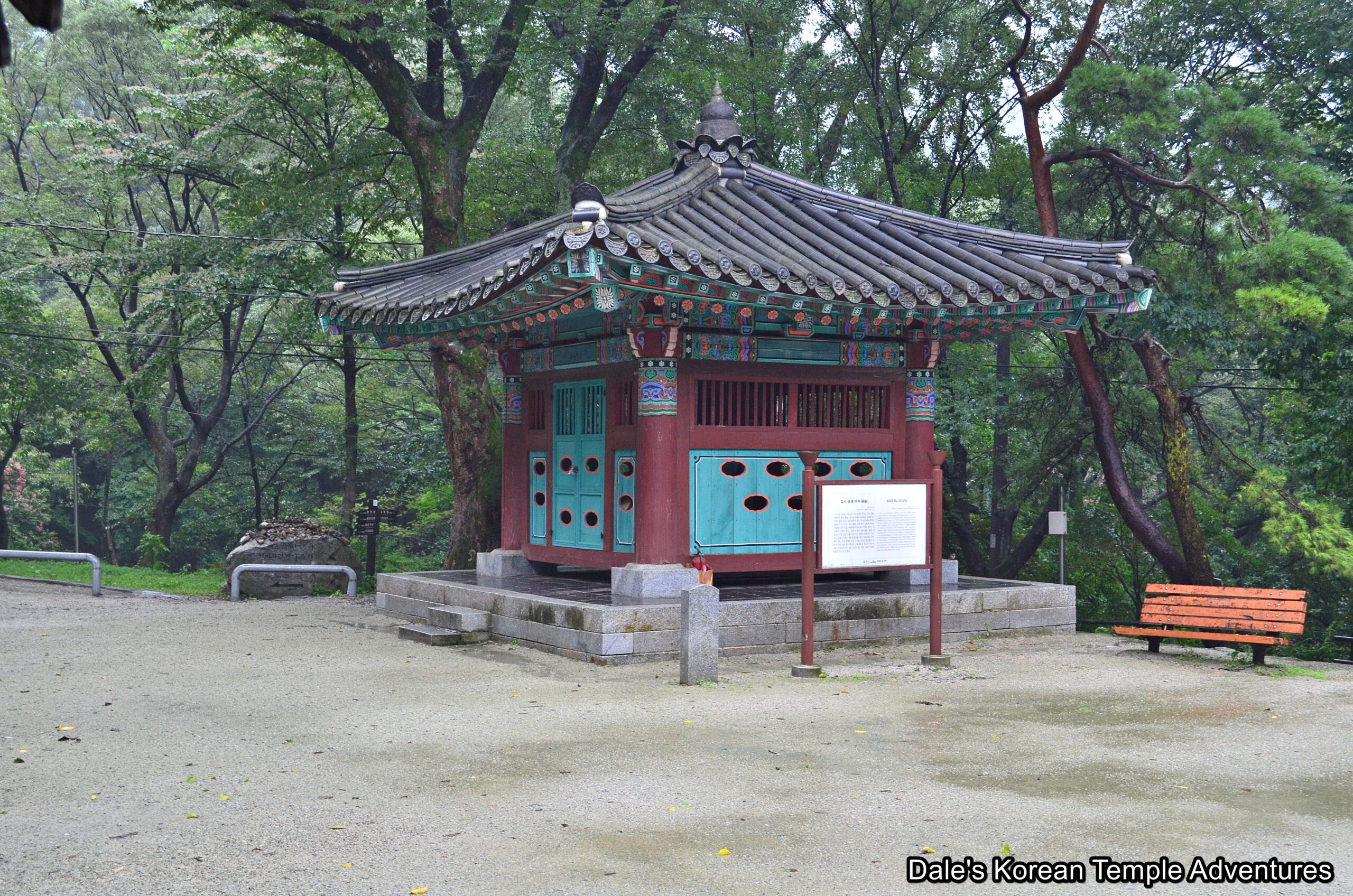
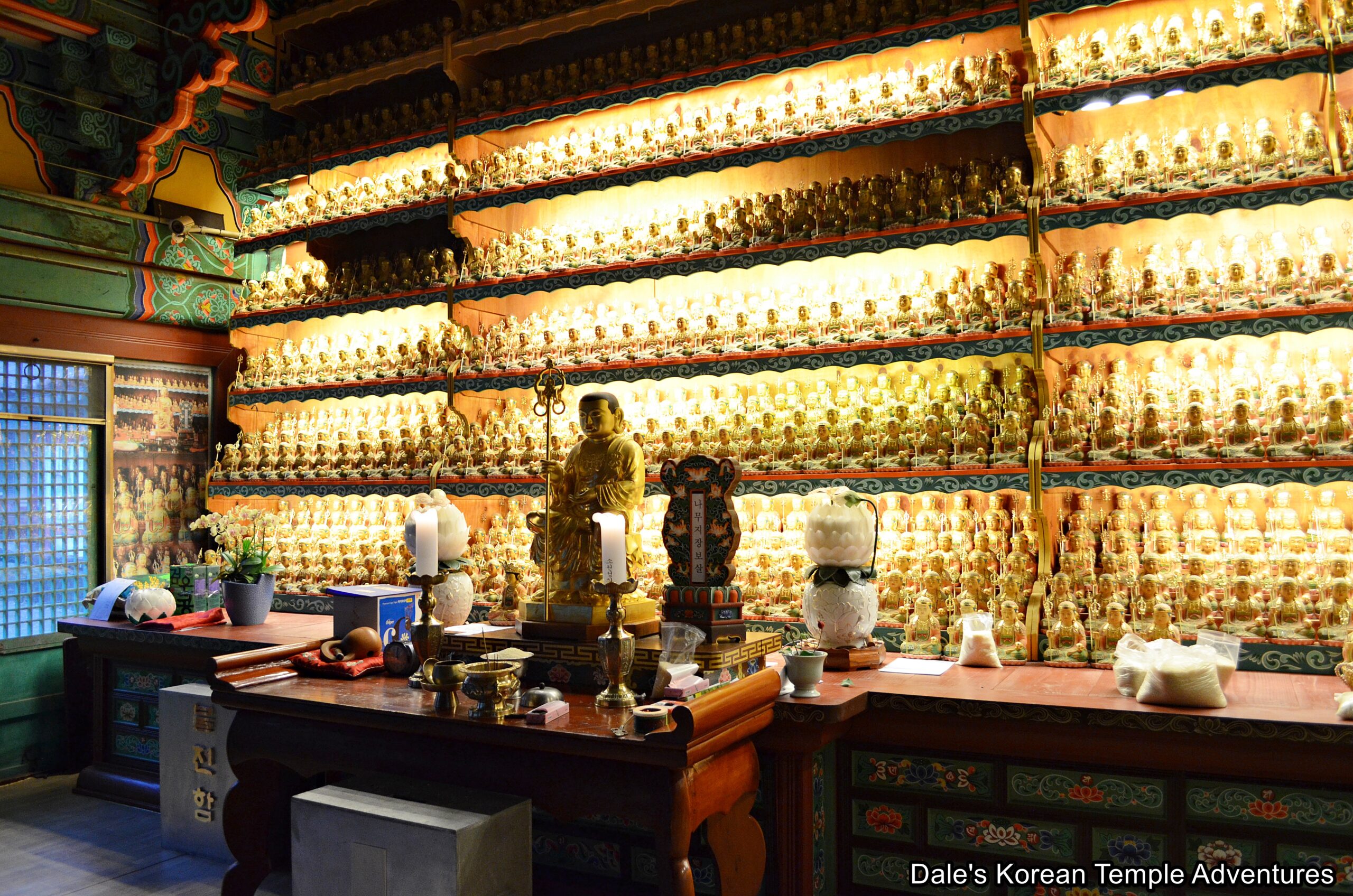
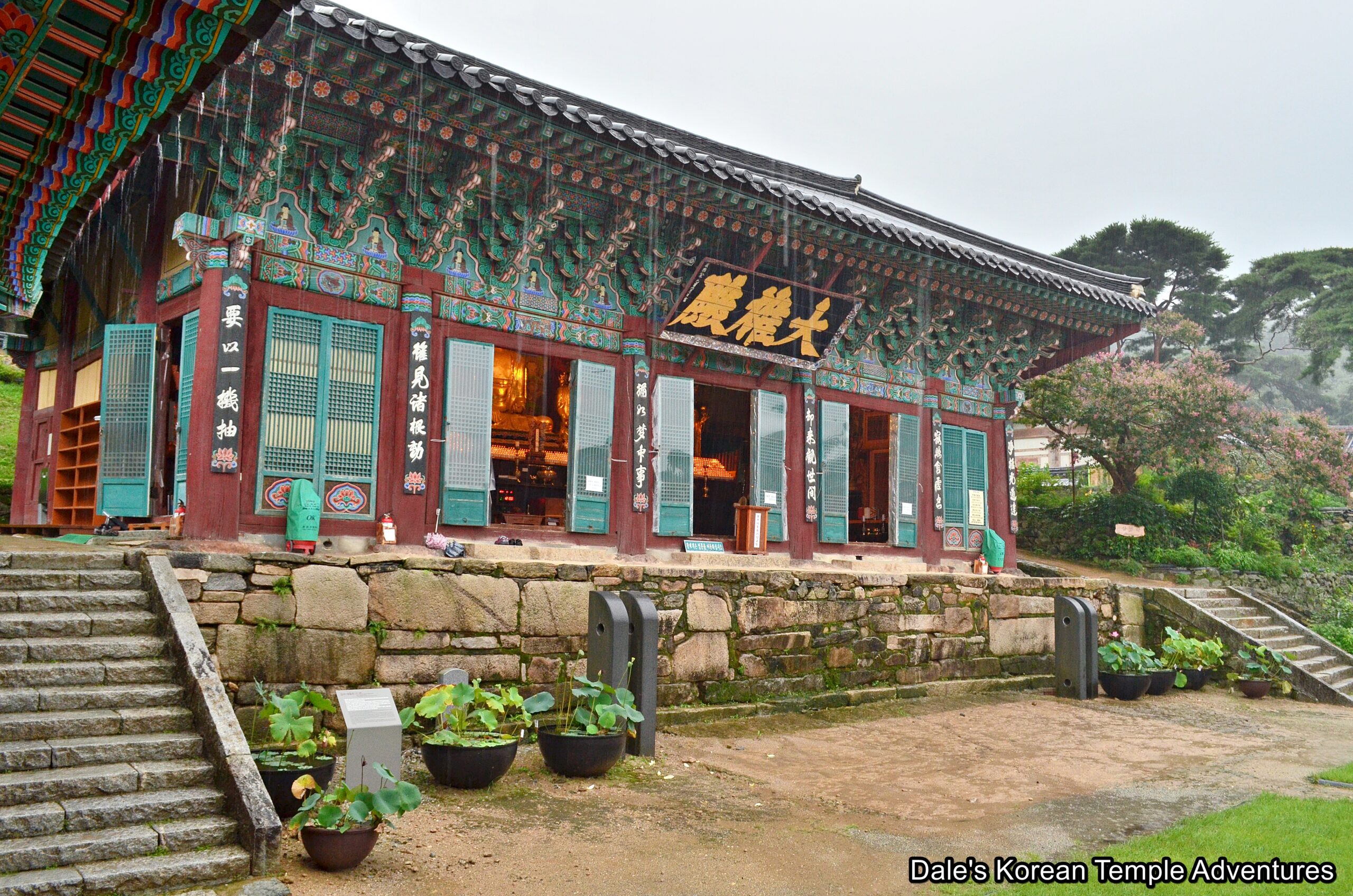
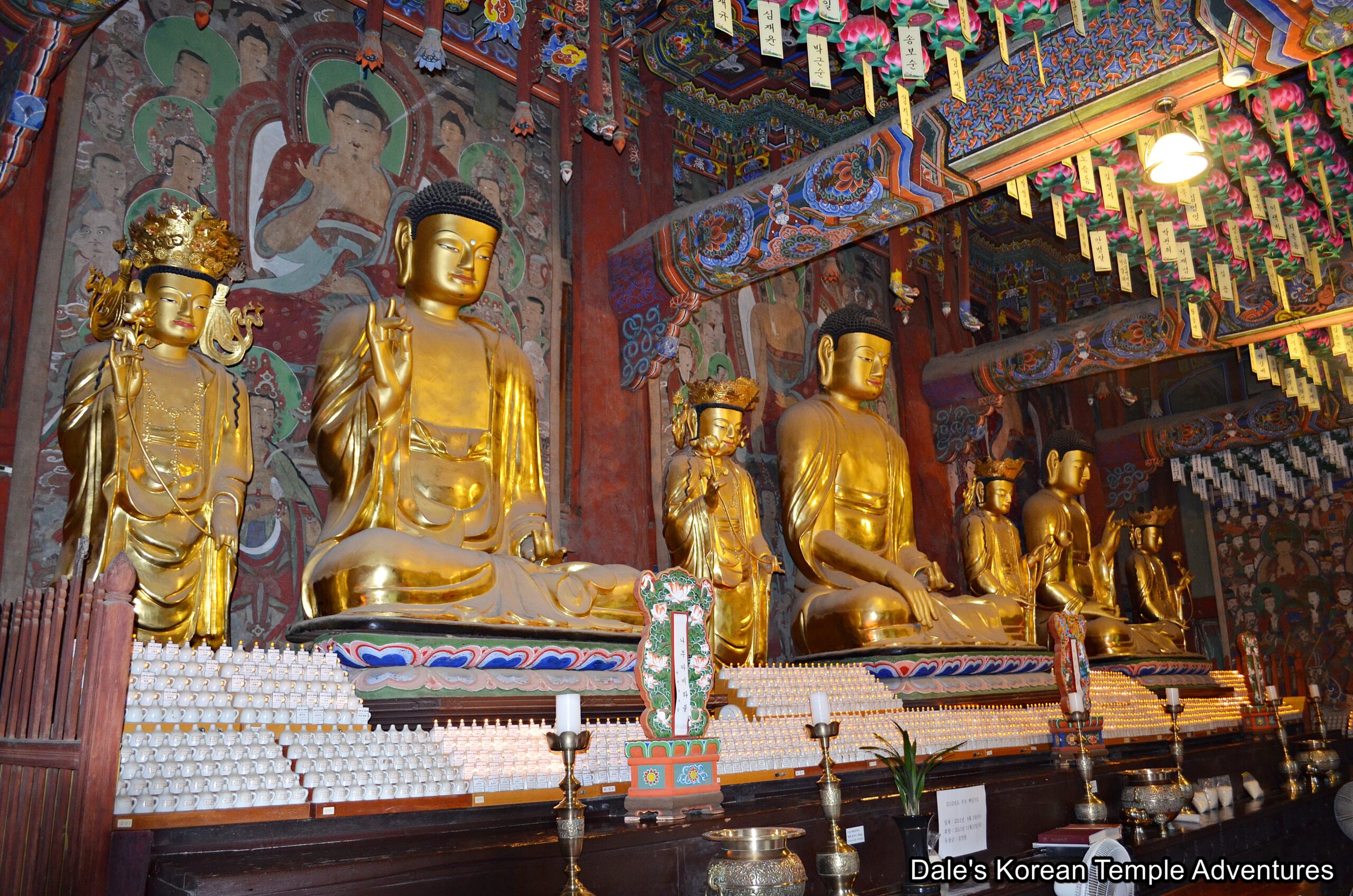
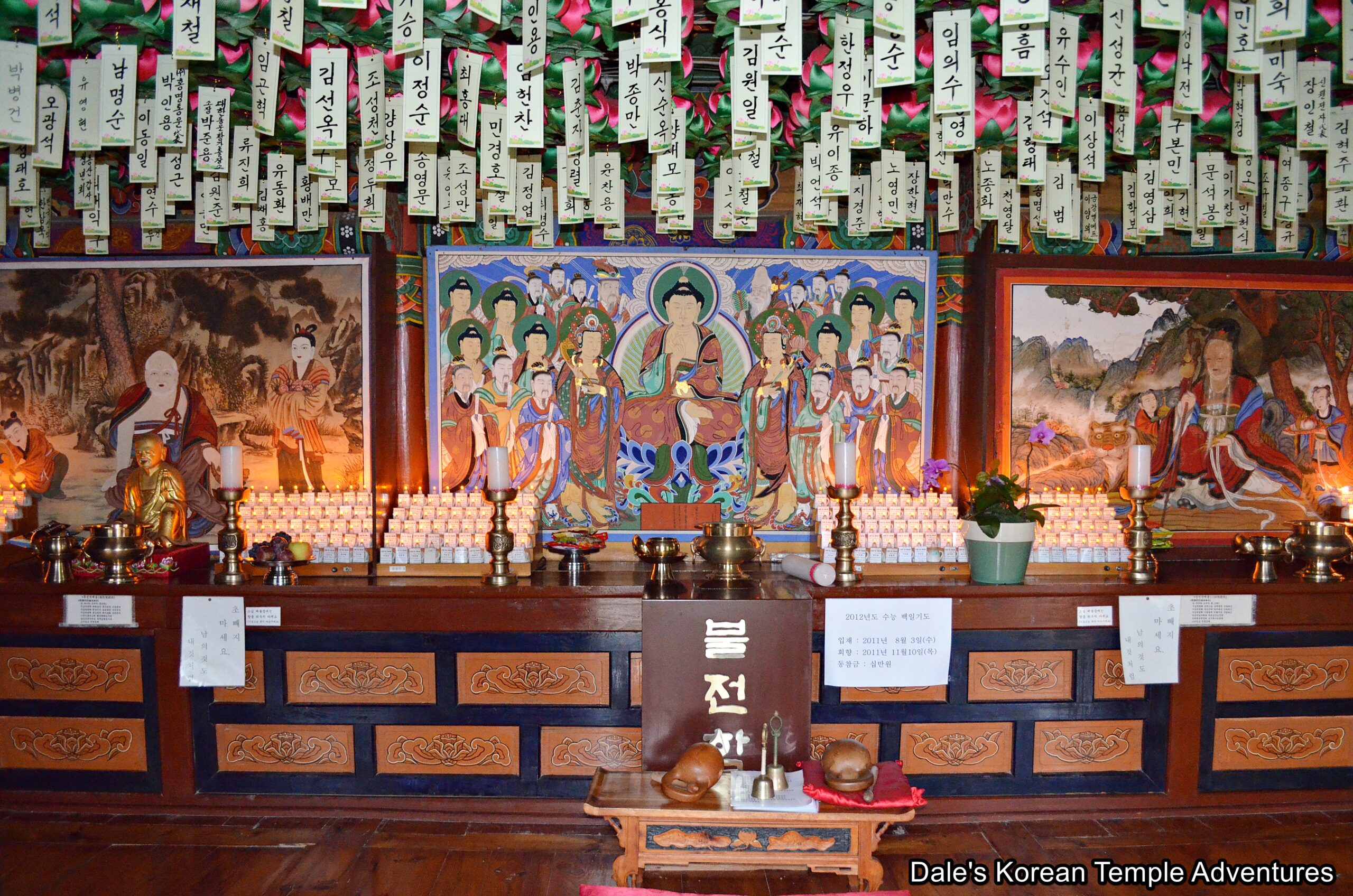


Recent comments